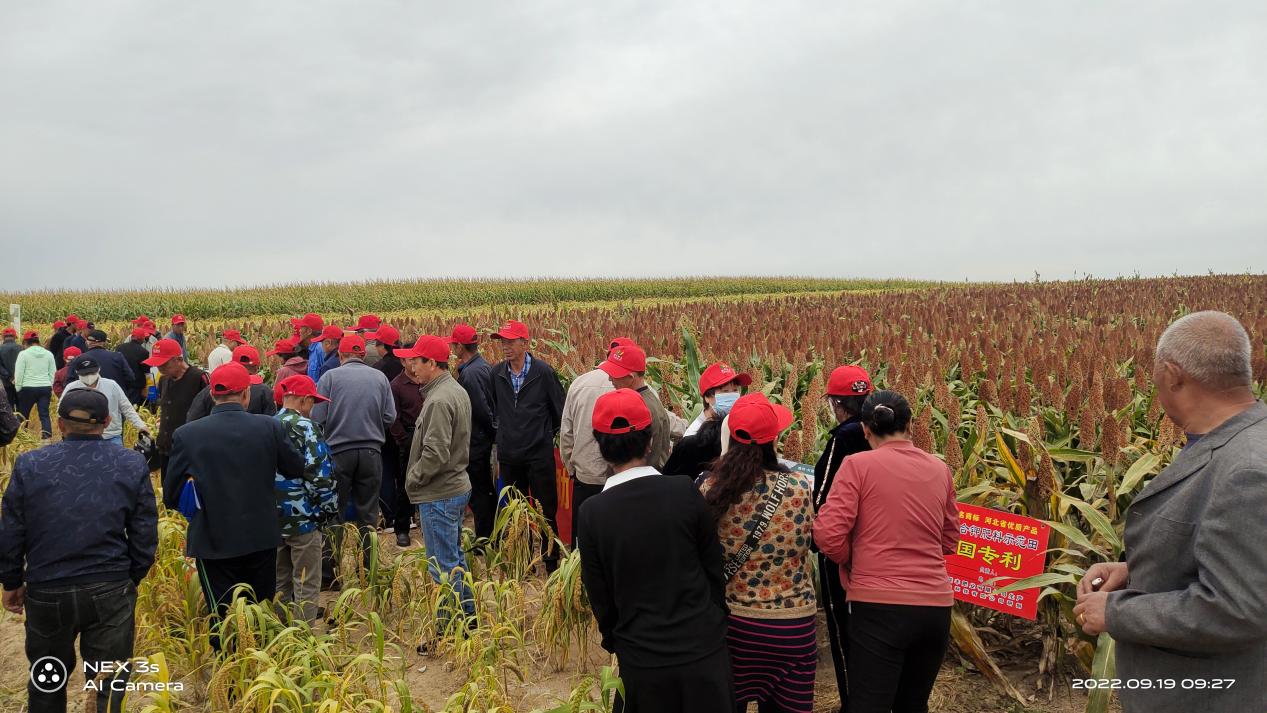
Nov . 09, 2024 23:09 Back to list
Top Types of Nitrogen Fertilizers Used in Agriculture Today
The Most Common Nitrogen Fertilizers An Overview
Nitrogen is a vital nutrient for plant growth, playing a critical role in various physiological processes, including chlorophyll production, enzyme activity, and overall plant metabolism. To meet the nitrogen requirements of crops, farmers and agriculturalists commonly utilize nitrogen fertilizers. This article explores the most common nitrogen fertilizers available today, their characteristics, and their applications in modern agriculture.
Types of Nitrogen Fertilizers
The most common nitrogen fertilizers can be broadly classified into three categories inorganic (mineral) fertilizers, organic fertilizers, and specialty fertilizers. Each type has its unique properties and applications.
1. Inorganic Nitrogen Fertilizers
Inorganic nitrogen fertilizers are synthetic compounds that provide readily available nitrogen to plants. Among the most widely used inorganic fertilizers are
- Urea (CO(NH2)2) Urea is the most prevalent nitrogen fertilizer globally, accounting for approximately 50% of the nitrogen fertilizer used in agriculture. It contains about 46% nitrogen, making it a highly concentrated source. Upon application, urea is converted into ammonium carbonate through hydrolysis, which is then available for plant uptake. Urea is favored for its high nitrogen content, low cost, and ease of handling.
- Ammonium Nitrate (NH4NO3) Ammonium nitrate is a popular nitrogen fertilizer due to its dual nitrogen sources ammonium (NH4+) and nitrate (NO3-). This combination ensures quick availability to plants. It contains around 34% nitrogen and is often used in a variety of crops, particularly in cool, humid regions where its properties can aid in effective nitrogen utilization.
- Calcium Nitrate (Ca(NO3)2) Calcium nitrate contains both calcium and nitrogen, making it a dual-purpose fertilizer. It provides approximately 15.5% nitrogen and is particularly useful for crops that require calcium, such as tomatoes and peppers. Calcium nitrate is also ideal for fertigation systems and helps in alleviating soil salinity issues.
2. Organic Nitrogen Fertilizers
Organic nitrogen fertilizers come from natural sources and are generally more sustainable. They release nitrogen slowly, improving soil health over time. Common organic nitrogen fertilizers include
most common nitrogen fertilizer

- Animal Manure Derived from livestock, animal manure is rich in nutrients, including nitrogen. Its application not only provides nitrogen but also improves soil structure and fertility through the addition of organic matter.
- Compost Compost is made from decomposed organic materials, such as plant residues and food waste. It is a sustainable source of nitrogen that also enhances soil health but typically has a lower nitrogen content compared to inorganic fertilizers.
- Blood Meal Blood meal is a byproduct of the meat industry and is one of the highest sources of nitrogen, containing about 12-15% nitrogen. It is fast-acting and can be used for specific crops needing a quick nitrogen boost.
3. Specialty Fertilizers
These fertilizers are designed for specific applications and crop needs. They may include controlled-release fertilizers that supply nitrogen slowly over time, mitigating the risk of nitrogen leaching and providing a steady supply for crops.
Application and Environmental Considerations
The application of nitrogen fertilizers is critical for maximizing crop yields, but it must be done judiciously to minimize environmental impacts. Over-application can lead to soil and water pollution, causing issues such as nitrate leaching into groundwater and contributing to eutrophication in nearby water bodies.
To minimize these risks, farmers are encouraged to adopt best management practices, such as soil testing to determine nitrogen needs, using the appropriate type and amount of fertilizer, and timing applications to coincide with plant growth stages. Additionally, integrating cover crops and practicing crop rotation can enhance nitrogen utilization and reduce the reliance on synthetic fertilizers.
Conclusion
Nitrogen fertilizers play an indispensable role in modern agriculture by significantly enhancing crop productivity. Understanding the different types of nitrogen fertilizers, their characteristics, and appropriate application methods can help farmers make informed decisions that support both their agricultural goals and environmental sustainability. As the demand for food continues to rise, the responsible use of nitrogen fertilizers will remain a crucial aspect of sustainable agricultural practices.
-
Premium 10 10 10 Fertilizer Organic for Balanced Plant Growth
NewsJul.29,2025
-
50 Pound Bags of 13-13-13 Fertilizer for All Plants – Bulk & Organic Options
NewsJul.28,2025
-
High-Efficiency 15-30-15 Granular Fertilizer for Healthy Crops
NewsJul.28,2025
-
15-30-15 Granular Fertilizer for Optimal Crop & Lawn Growth
NewsJul.27,2025
-
Premium 10 10 10 Water Soluble Fertilizer for Fast Plant Growth
NewsJul.26,2025
-
Premium 10 10 10 Fertilizer Organic for Plants & Lawns
NewsJul.25,2025
